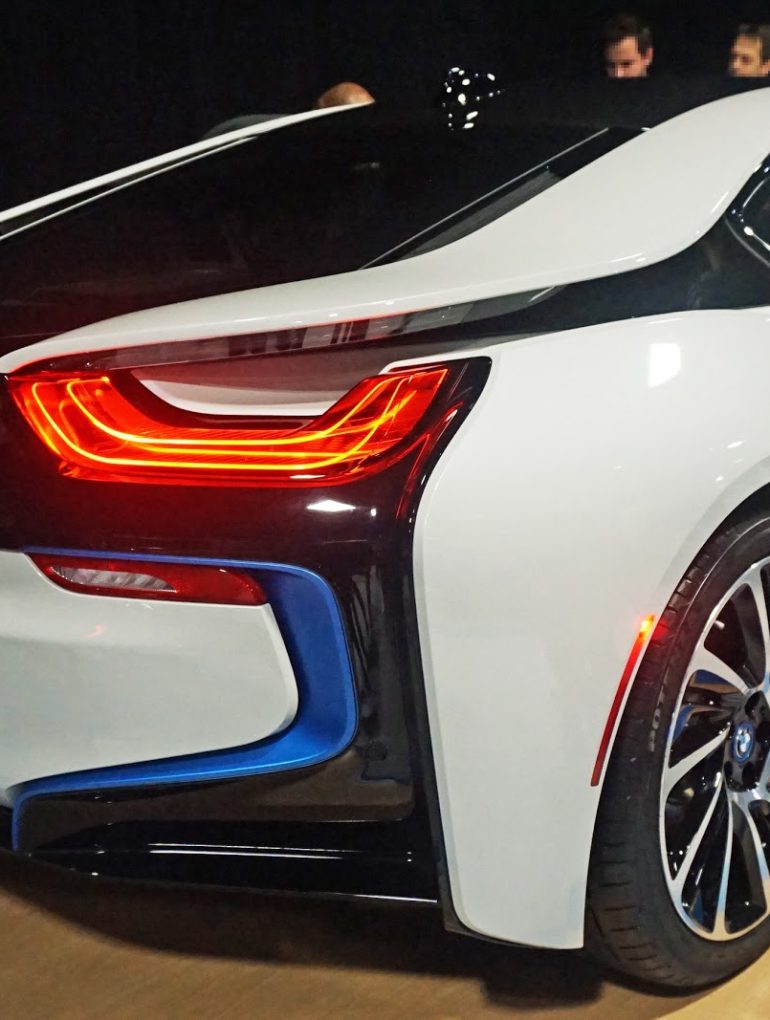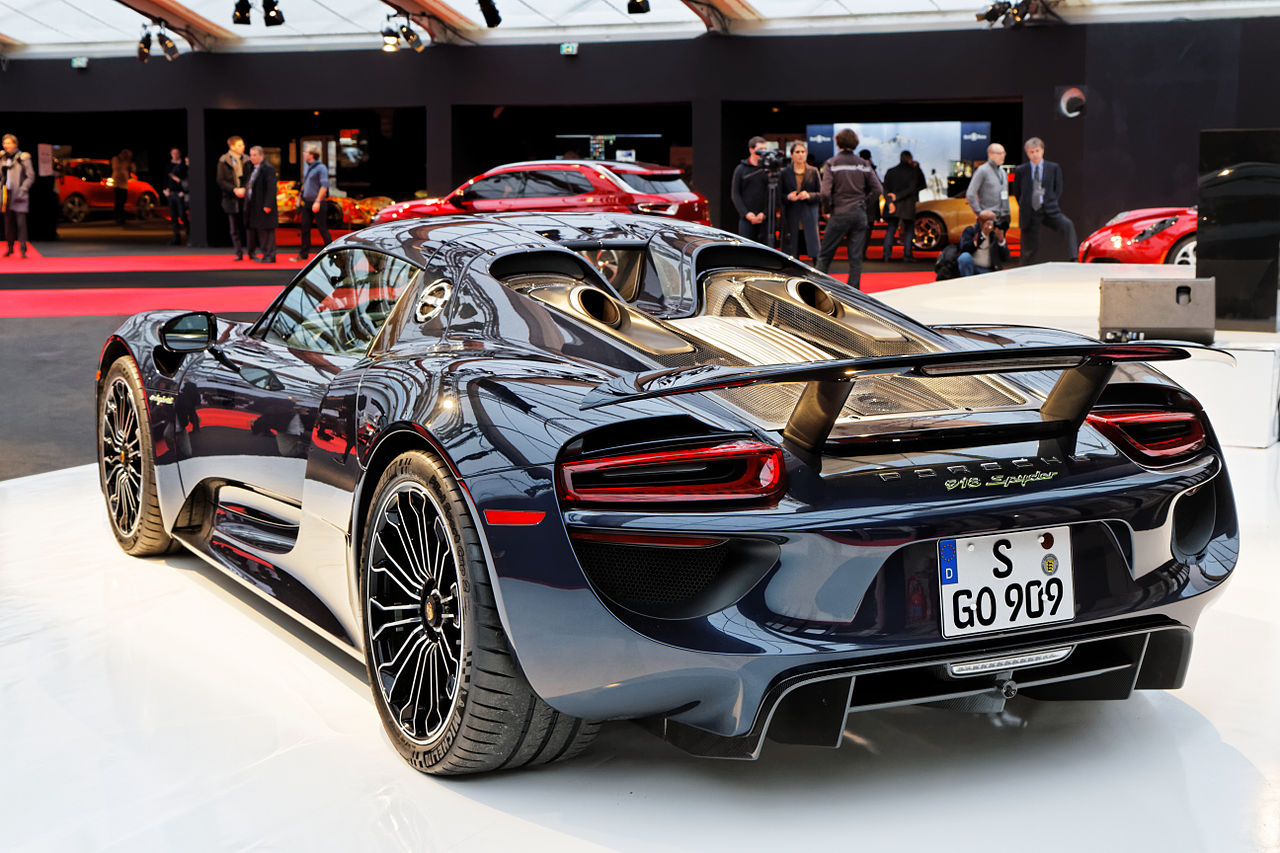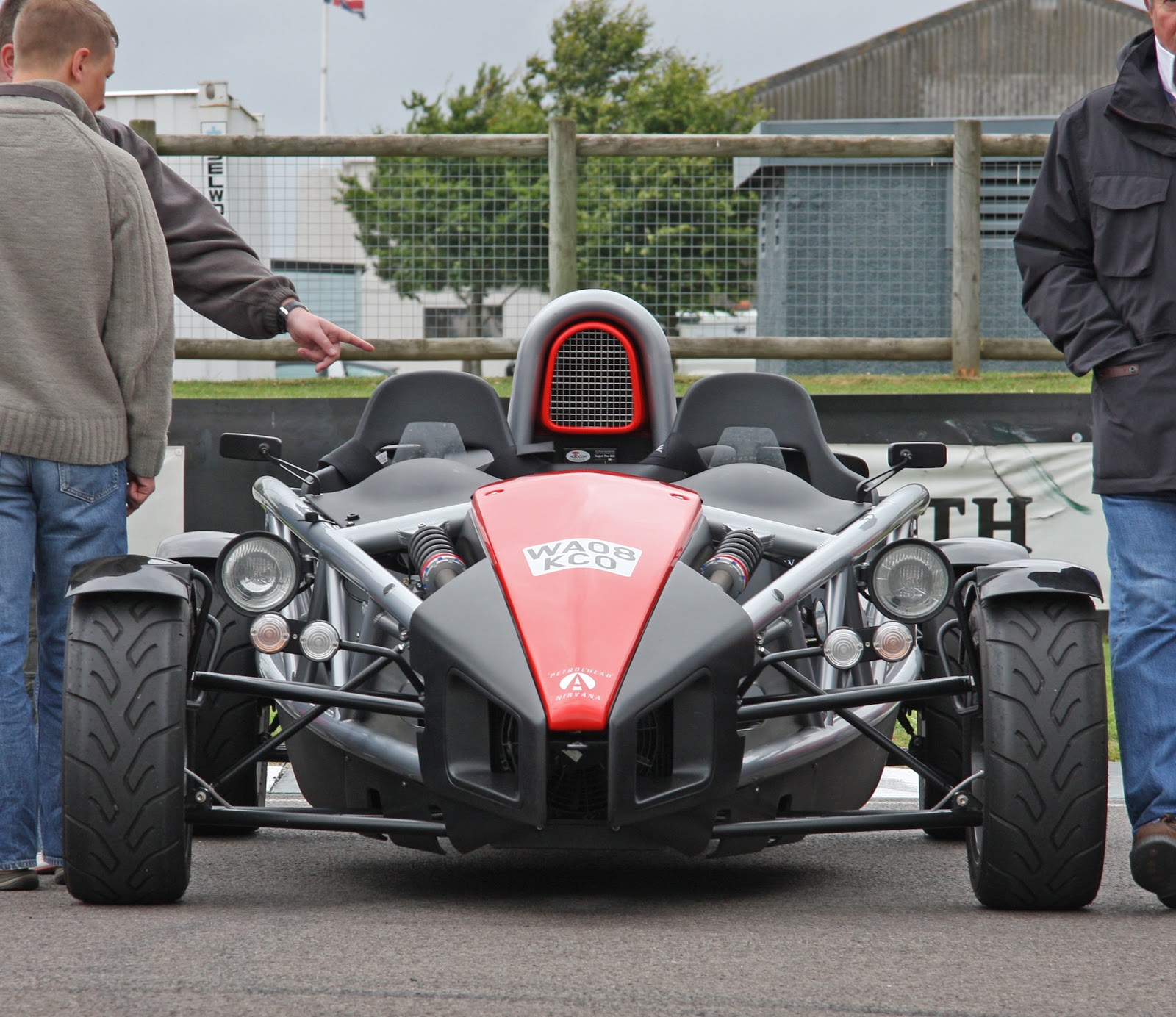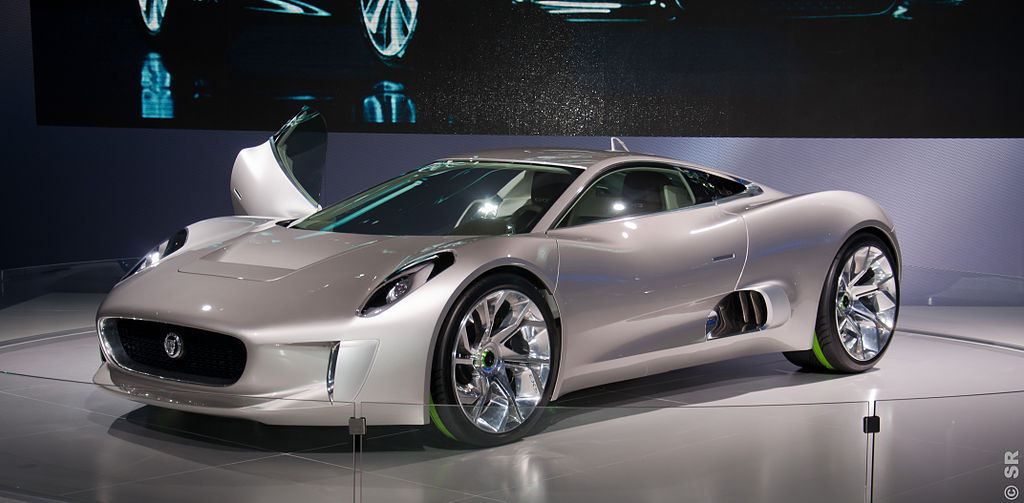Supercars have always been a showcase for the latest and greatest in car technology. Remember the impact that the Bugatti Veyron had following its release in the early 2000s? Now the most recent crop of supercars is pushing the boundaries even further with incredible technologies that are blowing people’s minds and emptying billionaires’ bank accounts.
BMW i8
When the BMW i8 first hit the roads nearly five years ago, the car was greeted with awe. It looked as if it was out of the future, and in many ways it was. Today, the updated version of the car is bristling with impressive tech and gadgetry designed to make the driving experience even more exciting, relaxing or convenient.
Perhaps the most interesting thing about the car, besides the looks, is the hybrid engine. Though it’s not as powerful as the one found in the La Ferrari or the Mclaren P1, it can still launch you to 60 in under 4.2 seconds, while also allowing you to drive around town without polluting the atmosphere with toxic petroleum byproducts.
Then there’s the digital wizardry. Just as you might expect, the i8 comes with both Android and Apple iOS support. There’s even an app that you can use to unlock or lock your car remotely, no matter where you happen to be. Handy if you need to let somebody into your supercar at a distance. Finally, BMW has done a good job – by supercar industry standards – of including a reasonably sized smart dashboard it calls the ConnectedDrive, to provide for all your navigation needs.
Porsche 918 Spyder Hybrid
Porsche has been making essentially the same car for the last four decades, slowly refining and iterating on what seems like the same model, year after year. Thus, many readers will find the inclusion of the 918 Spyder Hybrid Spyder here confusing. Is Porsche at the forefront of supercar technology?
It turns out that the company is doing its bit to move the industry forward. The German luxury automaker has pulled out all the stops for its new Spyder, giving car enthusiasts a hybrid car with a carbon fiber-reinforced polymer monocoque body. This new 918 Spyder is light, powerful and capable of a dizzying top speed of more than 217 mph. And it’s petrol engine is supplemented by its electric engine while in “ludicrous mode,” providing the driver with additional acceleration should it be needed.
But this probably isn’t the most impressive thing about the 918 Spyder. The most impressive aspect of the car is the fuel consumption. As supercar enthusiasts, we’re used to supercars that do 15 or 20 miles to the gallon: 25 at best. But the 918 will do 71 mpg, despite the fact that it can accelerate from 0 to 60 in 2.6 seconds. Now that’s progress!
Tesla Model S
Is the Model S truly a supercar, or a luxury sedan? Well in the technology stakes, it’s certainly the former. No car is packed with more advanced technology in the world right now, making the Model S perhaps the most exciting car for supercar enthusiasts on the planet. You don’t need to love the car itself to get caught up in the hype, just what it represents. The new Tesla perhaps represents the final revolution in supercar transport: a supercar that produces no pollution is capable of insanely fast acceleration, and will ultimately drive itself. It sounds like something out of a sci-fi movie, but it’s happening right in front of our eyes.
Perhaps the most exciting thing about the latest crop of supercars is that we’re getting glimpses of a future in which they will ultimately protect drivers from risk. At the moment, driving any car, let alone a supercar could potentially ruin your life. According to an article entitled, A Guide To DUI Offenses And Hiring An Attorney To Protect Your Rights, And Future, jail time is a real risk for many motorists. But the Tesla Model 3, with its autonomous driving software, could eliminate these risks and allow drivers to get transport, no matter how inebriated. Already, the Model 3 has what people in the industry call “Level 3 autonomy,” meaning that it is able to drive unassisted on the highway. But before the end of next year, “Level 4 autonomy” may be a reality, meaning that the car will be able to drive around city streets by itself, with the human driver playing only a supervising role.
Finally, the Model 3, unlike many other supercars on the market, has the ability to update automatically over the air. As soon as new software becomes available, it can simply be downloaded into the car’s computer and used to update the operating system, negating the need to go back to the forecourt and buy a new car to take advantage of new features. This updating process alone is sufficient reason to include the Model 3 on this list.
Ariel Atom
If you’re looking for a cheap, technology-packed supercar, then you can’t do much better than the Ariel Atom. Right now the car is retailing for around $50,000 new – that’s cheaper than a Nissan GT-R.
On the first impression, the car looks like a souped-up go-kart – and in many ways it is. But that shouldn’t detract from its impressive onboard technology. Under the basic looking chassis, there are two Honda iVTEC engines which produce nearly 500 bhp combined. Given that the car weighs in at a little more than 520kg, that’s an incredible power to weight ratio, allowing the car to produce an almost unrivaled driving experience.
Of course, for $50,000, you only get the basic model. If you want something a little flashier, like a carbon fiber body or sports brakes, you’ll have to fork out extra. Having said that, it’s still excellent value.
Jaguar C-X75
Back in the early 1990s, Jaguar went up against Mclaren to produce the ultimate, road-legal supercar. History teaches us that Mclaren won that battle hands down with the original F1, a car that thrashed the XJ220 in virtually every respect.
But Jaguar has always been an aspirational company, striving for better cars. And now it’s turned to technology to make it happen. The Jaguar C-X75 was originally designed as a concept car back in 2010, and the company never intended to put it into production, citing high costs as the reason. But with the rise of hybrids over the last decade, prices for many of the critical components for electric engines have collapsed, and Jaguar has found that it is now able to make an economically-compelling, mass production hybrid sports car.
As far as specs go, the C-X75 is ridiculous. The car has a four-cylinder 1.6-liter petrol engine, which is based on the original micro gas turbine powered concept initially floated by the company back in 2010. This is supplemented with two electric motors which are allegedly more advanced than those used by F1 racing teams. Also, the car has a large flat screen control panel which replaces many of the functions of the dashboard, a trend that we’ve seen in other vehicles, like the Model 3. And the car is finished off with a carbon fiber chassis which Jaguar claims is stronger than the same molding used by its closest rivals, Mclaren and Porsche.
Alfa Romeo Disco Volante
Alfa Romeo is a company that is better known for the beauty of its cars, rather than their power. But now the company has decided to take speed a little more seriously with the Alfa Romeo Disco Volante, a car which produces more than 450 bhp. The car itself is a Gran Turismo, complete with elegantly long bonnet and just two seats and is made from a combination of the lightest materials Alfa Romeo could find: aluminum and carbon fiber. And perhaps most impressively of all, the Disco Volante is made partially by hand. The company claims that more than 4,000 hours of labor go into each unit.
Lamborghini LP 750-4 Superveloce
Lamborghini isn’t a company known for pushing technological boundaries. In fact, they’re more known for breaking them, making cars which are too powerful for the shells in which they are housed. But if there is one area where the company excels, it’s in the choice of materials and mechanical engineering.
Since being bought up by a larger German automaker, Lamborghini has undergone a slight mellowing. The LP 750-4 is indicative of this. Although the car has more than 750 bhp – as suggested by the name – Lamborghini have also worked intensely to reduce its weight. The car has carbon fiber everywhere: on the body, in the cockpit and the air intakes.
There’s a reason for all this too: Lambo’s bosses wanted a car which was perfectly suited for the track. As a result, you won’t find any music system in the LP 750-4. Nor will you find an automatically adjustable rear spoiler (if you want to change its position, you’ll have to do it by hand). This is racing technology at its finest.







